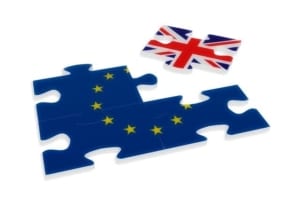 While most of us think we have enough to be going on with just now, what with coronavirus ramping up again and further lockdowns seemingly inevitable, spare a thought for the UK’s importers and exporters as Brexit looms. The transitional period will come to an end on 31st December 2020, with the new rules coming into effect on 1st January 2021.
While most of us think we have enough to be going on with just now, what with coronavirus ramping up again and further lockdowns seemingly inevitable, spare a thought for the UK’s importers and exporters as Brexit looms. The transitional period will come to an end on 31st December 2020, with the new rules coming into effect on 1st January 2021.
Things are made even more complex by the fact that the recent UK government guidance on exports/imports does not apply to Northern Ireland, not to mention the fact that we do not, at time of writing, have a trade deal agreed with the EU. It is to be hoped that those negotiating realise that in the prevailing economic conditions the last thing we need is for political considerations to trump those of business. That said, we are where we are and the government’s guidance can be found at these links:
Import: https://www.gov.uk/prepare-to-import-to-great-britain-from-january-2021
Export: https://www.gov.uk/prepare-to-export-from-great-britain-from-january-2021
Clearly, there are some standard requirements. For example, you’ll find many statements like the following at the above links:
“All prepacked food requires a food label that displays certain mandatory information. All foods will be subject to general food labelling requirements and any labelling provided must be accurate and not misleading.”
Understandably, much of the information available at these links concentrates on product marketing, labelling and standards, as per the above statement. However, in our opinion it’s interesting that there seems to be little or no mention of the need to ensure that your labelling, marketing materials etc. are adequately translated into the language(s) of the countries where you hope to sell your goods.
Irrespective of anyone’s previous views, we are now leaving and it is, surely, incumbent on everyone involved in trade to try to make the next year as successful as possible. With the pandemic-induced slowdown unlikely to have been turned around in the next six months at least, we need as many successful businesses as possible employing people and trading profitably. Ensuring your clients receive information that is “accurate and not misleading” is easier if they can understand what’s written. And one proven way of doing that is by communicating in your customers’ language(s). Which is, of course, where we come in…
Fiona Woodford, Global Connects
